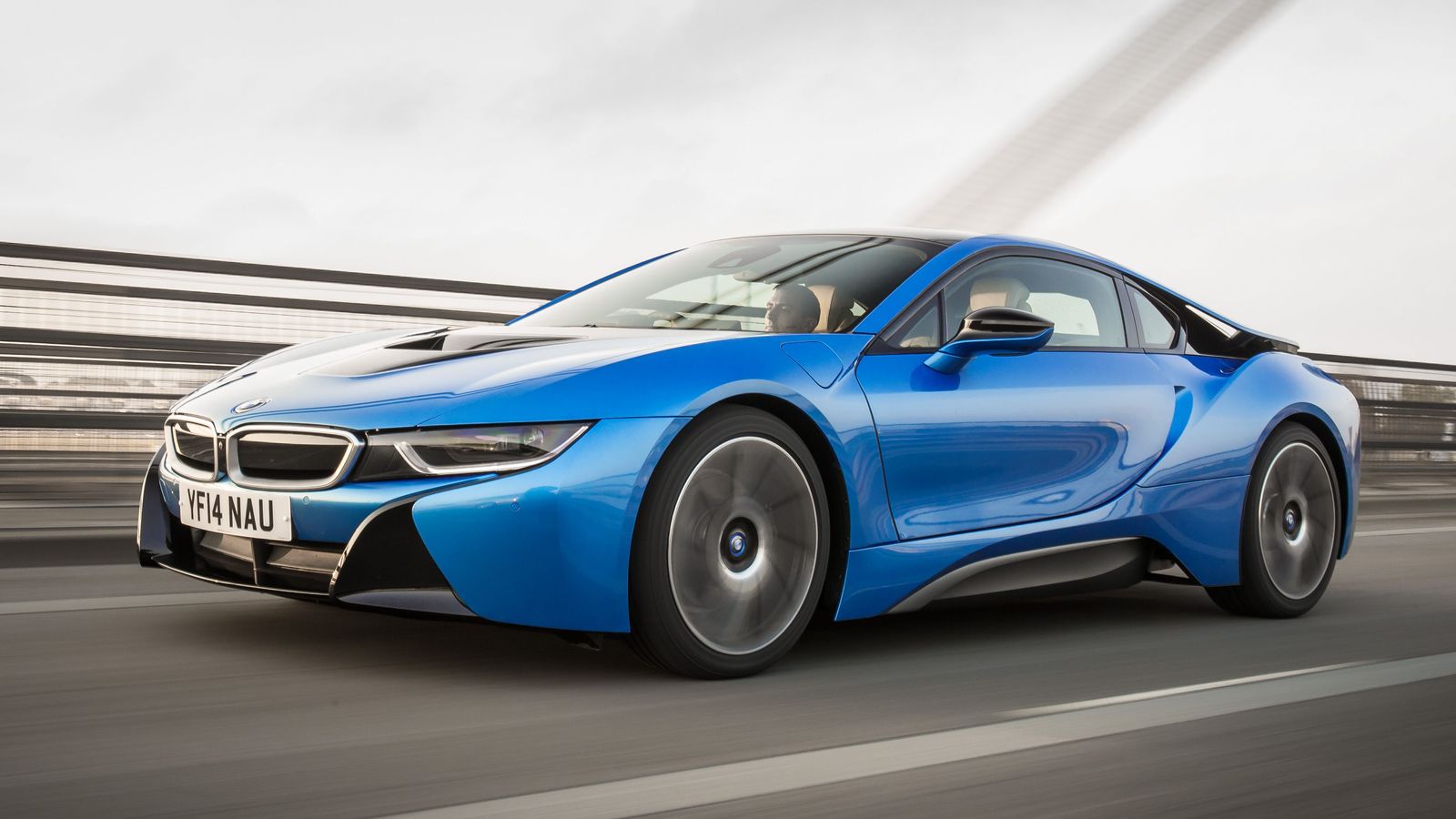Crises are harbingers of evolution, as Bruce Lipton once said

Having dreamed about becoming a veterinarian when I grew up saw my puberty and adolescent years filled with Animal Planet and Discovery Channel documentaries.
I particularly remember how I never missed any of Steve Irwin’s television pokes at the crocodile world.
What I also recall is him riding giant saltwater crocodiles wearing duct tape jaw gags, explaining how these million-year-old reptiles swerved the better part of the term evolution and yet thrived on to become apex predators.
Compared to crocs and gators, the automotive industry is a skimpy whelp shitting its diapers. Realistically, we can only talk about a valid car industry from the moment Henry Ford invented the assembly line techniques that made mass production possible.
Ever since, the car world drove off on its mostly-upward Darwinian spiral and kept adapting to various factors.
Not the Ice Age, not an asteroid, but the public, the media, politics, world conflicts, industrialization, resource availability, communism, capitalism and most recently, the environment, have hacked and mutated the automotive industry’s DNA and subsequently, its chromosomes, which we casually refer to as cars, in their omnifarious forms: gas guzzlers, wagons, SUVs, jalopies, MPVs, roadsters and sedans, muscle cars and kei cars.
At the crossroad between conventional and electric powertrains, with the former engaged in a momentum-brimming snowball, the car industry lets evolution run its course.
BMW with i and iNext. Daimler and Mercedes-Benz with EQ. Audi with e-tron. Likewise Volkswagen and their green ambitions, without an official motto at the moment. And, if we stretch the trend so it fits the rationale of premium demand, Hyundai with Genesis.
In nature’s own words, what today’s press blurbs announce as investments, extensions, new focuses and future plans are nothing more than limbs. Tentacles, claws, opposable thumbs, trunks and antlers.
Yet in the dance of blooming, one must lose some to win some, especially when the final outcome is income.
Volkswagen’s ban on TDI engines in the United States. Audi’s breakup with Le Mans. Anew, Volkswagen’s departure from the World Rally Championship. The R&D budget stab planned by Mercedes-Benz to keep enough fire inside its belly for the electric era.
Observing these changes grants a pretty articulate clue on who has the money in the industry and where the cash flow is headed.
There are followers and there are leaders.
The example has been set. Others are just one or two white-collar decisions away from picking up the trail.
Tomorrow’s leaders are today’s innovators in the automotive industry. And nature taught us that to innovate is to evolve.
